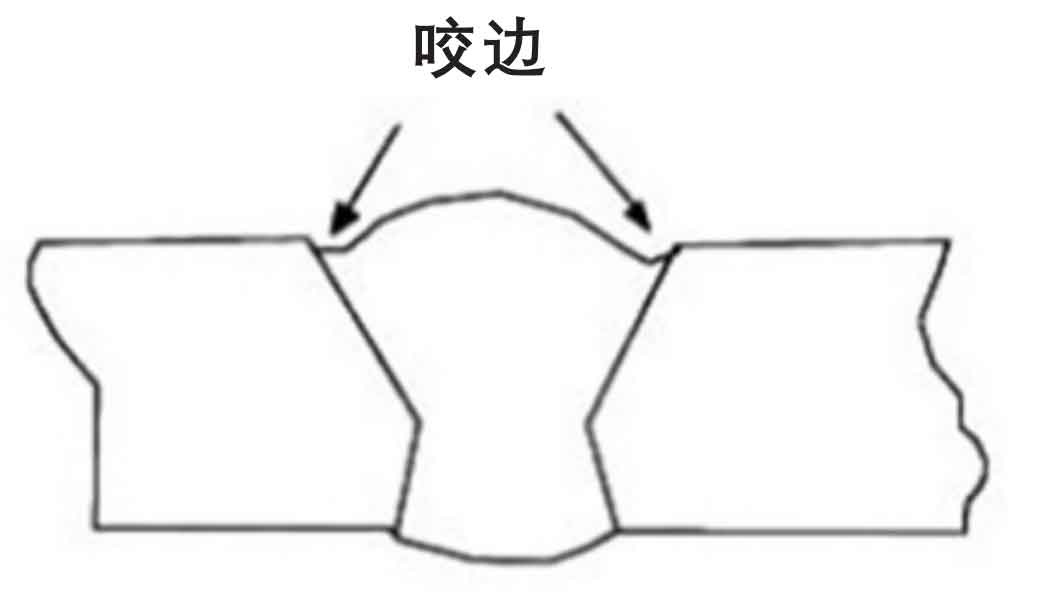Understanding the Art of Welding: Just How to Stay Clear Of Undercut Welding Issues for Flawless Fabrication Outcomes
By recognizing the root creates of undercut welding and executing reliable strategies to stop it, welders can raise their craft to brand-new degrees of excellence. In the quest of perfect manufacture outcomes, grasping the art of welding to prevent undercut concerns is not just a skill but a need for those making every effort for excellence in their job.
Comprehending Undercut Welding

To avoid undercut welding, welders should make sure correct welding criteria, such as readjusting the existing, voltage, travel rate, and maintaining the correct electrode angle. Additionally, making use of the proper welding method for the certain joint setup is essential. Utilizing weaving motions or backstepping strategies can assist guarantee appropriate weld metal deposition and lower the likelihood of undercut development. Routine examination of welds throughout and after the welding procedure is also critical to capture any kind of undercut very early and make required modifications to stop further flaws. Preventing weld undercut. By understanding the sources of undercut welding and implementing preventative measures, welders can attain top quality, structurally audio welds.
Sources Of Undercut in Welding
Comprehending the factors that add to undercut in welding is vital for welders to create top quality, structurally audio welds. Damaging happens when the weld metal does not properly load the groove formed in between the base metal and the previously deposited weld metal. A number of elements can result in damage in welding. One common reason is extreme warm input. Welding at high temperatures for extensive periods can result in the base metal melting greater than wanted, bring about damage. Insufficient welding inaccurate or current welding speed can likewise add to damage. Insufficient current might not offer sufficient warmth to thaw the base and filler steels adequately, while too much speed can prevent appropriate fusion, creating undercut. Furthermore, inappropriate electrode angles or incorrect lantern adjustment methods can produce areas of reduced useful source weld steel deposition, advertising undercut. Comprehending these causes and implementing appropriate welding techniques can aid avoid undercutting problems, ensuring sturdy and solid welds.
Methods to Stop Undercutting

To mitigate the threat of damaging in welding, welders can employ strategic welding strategies intended at improving the high quality and integrity of the weld joints. Additionally, using the correct welding technique for the particular joint configuration, such as weave or stringer grains, can contribute to reducing damaging.
Utilizing back-step welding methods and regulating the weld grain profile can additionally aid distribute heat uniformly and lessen the threat of undercut. Regular inspection of the weld joint during and after welding, as well as carrying out top quality guarantee actions, can aid in spotting and attending to damaging concerns immediately.
Significance of Appropriate Welding Specifications
Choosing and preserving proper welding specifications is necessary for attaining effective welds with very little problems. Welding specifications refer to variables such his response as voltage, current, travel rate, electrode angle, and securing gas circulation rate that directly influence the welding procedure. These specifications need to be very carefully adjusted based on the kind of product being welded, its thickness, and the welding strategy utilized.
Proper welding parameters make certain the appropriate amount of heat is used to thaw the base metals and filler product consistently. site here If the parameters are established also high, it can cause excessive warmth input, creating burn-through, spatter, or distortion. On the other hand, if the specifications are as well reduced, insufficient combination, lack of penetration, or damaging may occur.
Quality Control in Welding Workflow

Final Thought
In final thought, grasping the art of welding needs a complete understanding of undercut welding, its reasons, and methods to avoid it. By ensuring proper welding parameters and applying top quality assurance practices, remarkable manufacture outcomes can be accomplished. It is vital for welders to regularly strive for quality in their welding procedures to prevent undercut problems and produce top quality welds.
Undercut welding, a common defect in welding procedures, happens when the weld steel does not correctly load the groove and leaves a groove or anxiety along the welded joint.To protect against undercut welding, welders ought to ensure correct welding parameters, such as readjusting the present, voltage, traveling speed, and keeping the appropriate electrode angle. Inadequate welding wrong or current welding speed can additionally contribute to undercut.To reduce the risk of damaging in welding, welders can use calculated welding techniques intended at boosting the high quality and honesty of the weld joints.In conclusion, understanding the art of welding requires a detailed understanding of undercut welding, its causes, and strategies to prevent it.